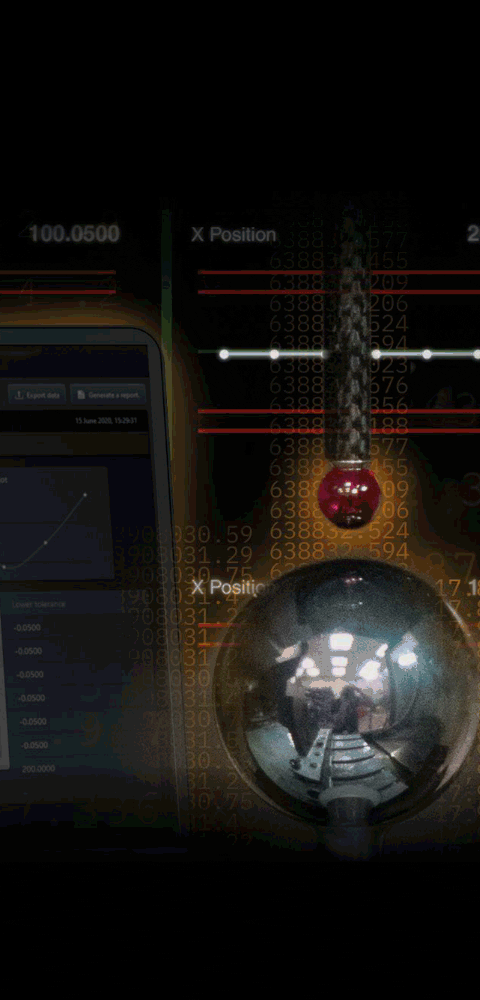






Artificial Intelligence Vision Sensor
September 1, 2020
KEYENCE Corporation of America offers a vision sensor that utilizes artificial intelligence. The IV2 Vision Sensor Series' artificial intelligence learning algorithm means that all customers have to do is teach images of good and bad parts-no vision programming knowledge is necessary for stable results.
Commenting on the implications of this artificial intelligence algorithm, Technical Marketing Manager Phil Jarzombeck said, "The AI algorithm accounts for variations in lighting, part lot differences and even oily and dirty parts. This increase of stability and simplicity will be felt across every industry that performs automated inspection."
The IV2 was designed so anyone can program a stable program. When a new variation of a good or bad target comes down the line, the IV2 can register it to further increase stability and repeatability of judgement. In addition to the AI algorithm, the IV2 also includes:
- Lighting that, according to the company, is 30% brighter than conventional vision sensors, increasing detection range and eliminating noise
- Full VGA resolution, allowing for not only minute detection but also increased range and field of view
- SD card support, allowing for thousands of images to be saved for quality analysis
- An optional large control panel, suitable for quickly adding new good/bad images to the AI algorithm, viewing previous images and viewing statistics.
For more information contact:
KEYENCE Corporation of America
500 Park Boulevard, Suite 200
Itasca, IL 60143
888-KEYENCE (539-3623)
keyence@keyence.com
www.keyence.com/fdxpr
< back